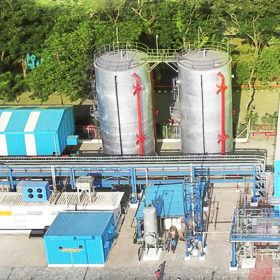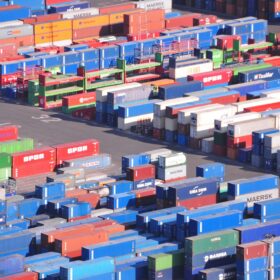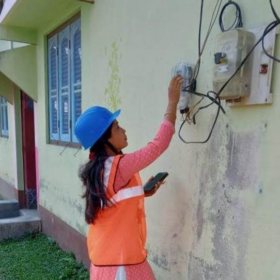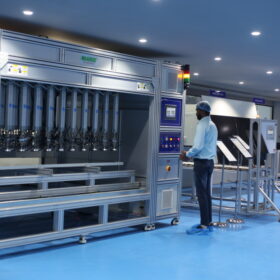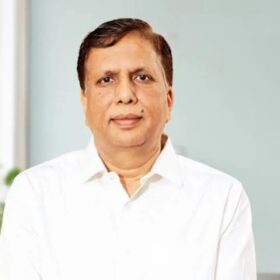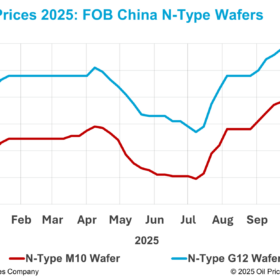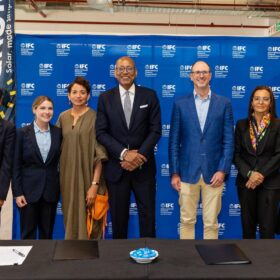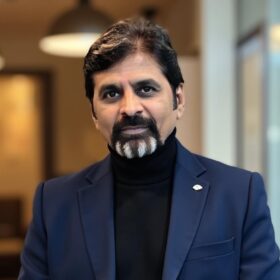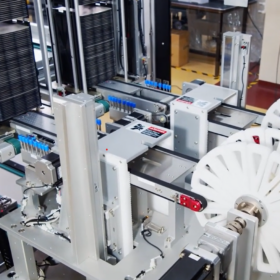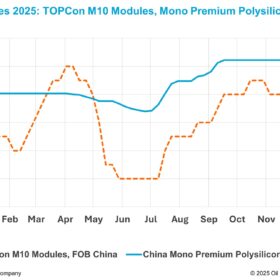India must fast-track green hydrogen based steelmaking amid metallurgical coal supply risks: IEEFA
Indian steelmakers have begun adopting green hydrogen, but this option should become an even greater priority for the country as metallurgical coal supply risks intensify.
Strengthening India’s energy security through alternative fuels and hydrogen
India’s energy transition is not about a single breakthrough but about steady steps across multiple fronts. Ethanol has shown how supportive policy and the right technologies can deliver both farmer security and fuel stability. BioCNG can turn waste into a resource, helping both cities and villages. Hydrogen, though still in its early stages, is slowly laying the foundations of a long-term clean energy system.
U.S. extends solar manufacturing tariff exclusions
The U.S. Trade Representative has extended the exclusion of 178 items from the Section 301 import tariffs that were put in place by the prior administration in 2024. The still standing tariffs include a 50% increase on solar cells.
Apraava Energy secures $92 million from BII, Standard Chartered to install smart meters in India
Standard Chartered and British International Investment’s (BII) financing will enable Apraava to install around two million smart meters in homes and businesses. The smart meters will help make India’s grid more efficient, reliable, and sustainable by enabling better integration of renewable energy sources and reducing aggregate technical and commercial losses.
Waaree ranked India’s top solar module supplier by shipment volume in Q3 2025
About 11 GW of solar modules were shipped to the Indian market in Q3 2025 by 28 major players—both domestic and international—with Waaree leading the supplies at approximately 1.4 GW, according to the latest JMK Research report.
Arun Mittal to lead Vikram Solar’s energy storage arm
Vikram Solar has appointed Arun Mittal—formerly managing director and CEO (India) at Lohum Cleantech—as chief executive officer of its energy-storage solutions arm, VSL Powerhive.
HG Infra secures 300 MW/600 MWh battery storage purchase agreement with GUVNL
HG Infra Engineering’s arm H.G. Choraniya Bess has entered into a battery energy storage purchase agreement with Gujarat Urja Vikas Nigam Ltd (GUVNL) for a 300 MW/600 MWh BESS on long term basis.
N-type wafer prices extend four-week slide amid weak demand, rising inventory concerns
In a new weekly update for pv magazine, OPIS, a Dow Jones company, provides a quick look at the main price trends in the global PV industry.
Candi Solar secures $58.5 million from IFC
Candi Solar, a provider of distributed solar solutions for commercial and industrial (C&I) businesses, has secured $58.5 million in funding led by the International Finance Corp. (IFC), a member of the World Bank Group. The facility will directly finance nearly 200 MWp of new projects.
Renewable energy assets life-cycle management through tech-enabled maintenance strategies
Modern wind turbines and solar plants generate large volumes of operational data. By leveraging analytics, inefficiencies can be identified, performance assessed in real-time, and emerging issues addressed before they escalate. A dynamic operations and maintenance (O&M) support system builds on this intelligence to provide a strong grip on performance levels while minimising downtime.
